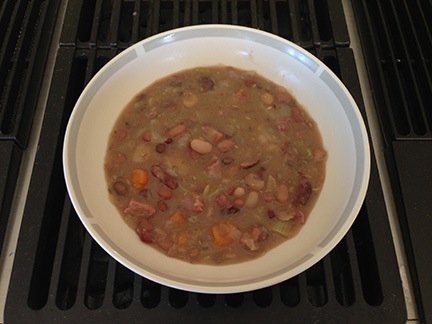There’s a whole world to explore.
I love cheese. I mean, who doesn’t?
I love just about any kind of cheese, but I especially love the soft mellow kind like bries. I like cheese that has a secret flavor you can taste only when you let it rise to room temperature before eating and eat it either alone or with a plain cracker. The hint of nuts or earthiness that lingers on your tongue after the cheese has been swallowed.
 There’s an excellent cheese shop not far from where I live: The Cheesemonger in Leavenworth. It — and the smoked meat house called Cured — is the only reason I go to that tourist town. I go early in the day, before the crowds arrive. I prefer taking my motorcycle, since there’s always motorcycle parking right outside Cured. I descend into the basement shop, make my way past the milling tourists nibbling on samples of cheddar and swiss, and find one of the many helpful counter people. Then I place my order, rattling off the names of the cheeses I like best: triple cream brie, morbier, butter cheese, and whatever blue-veined cheese behind the glass catches my eye. I whisper the secret password to get my local discount on checkout, leave a tip, and climb back out into the sunlight while the same milling tourists stand uncertain on how to proceed. In and out in a flash.
There’s an excellent cheese shop not far from where I live: The Cheesemonger in Leavenworth. It — and the smoked meat house called Cured — is the only reason I go to that tourist town. I go early in the day, before the crowds arrive. I prefer taking my motorcycle, since there’s always motorcycle parking right outside Cured. I descend into the basement shop, make my way past the milling tourists nibbling on samples of cheddar and swiss, and find one of the many helpful counter people. Then I place my order, rattling off the names of the cheeses I like best: triple cream brie, morbier, butter cheese, and whatever blue-veined cheese behind the glass catches my eye. I whisper the secret password to get my local discount on checkout, leave a tip, and climb back out into the sunlight while the same milling tourists stand uncertain on how to proceed. In and out in a flash.
If you’re in the area and like cheese — again, who doesn’t? — I highly recommend a visit to this shop.
Anyway, my love of cheese got me interested in making cheese. This interest was fed by my attendance at a cheese-making class I took in early August. Yes, special ingredients and equipment was needed, but it wasn’t difficult to do. And it might be interesting. And heck — the end product was cheese.
It’s not as if this was brand new to me, either. Last autumn, I made yogurt. I’d had a great deal of success with that — so much, in fact, that I made all my own yogurt while I was living in my Arizona house. cheese-making was similar and certainly should be within my capabilities.
Yesterday, I made my first batch of “basic cheese.” Although I won’t be able to taste it for about a month, I also made ricotta cheese from the whey and got to taste that right away.
I realized that my cheese-making adventures were blog-worthy — certainly enough to document for future reference. So if you’re interested at all in making cheese, follow along with me as I take you though my learning process. I’ll write posts in this series as I find time and would certainly love to get comments from other folks exploring home cheese-making.

 So I bought the grill I’ve been wanting for the past 10 years. A Traeger.
So I bought the grill I’ve been wanting for the past 10 years. A Traeger. When we got back from our flight, the ribs were nearly done. They looked amazing. I made us some salad and corn on the cob, then brushed the smaller of the two racks with BBQ sauce and threw it on my old grill, set to high, to caramelize the sauce onto them.
When we got back from our flight, the ribs were nearly done. They looked amazing. I made us some salad and corn on the cob, then brushed the smaller of the two racks with BBQ sauce and threw it on my old grill, set to high, to caramelize the sauce onto them. I know winter is over, but that doesn’t stop me from making soup. Soup, after all, is comfort food, and we can all use a little comfort now and then — some more than others.
I know winter is over, but that doesn’t stop me from making soup. Soup, after all, is comfort food, and we can all use a little comfort now and then — some more than others. The other day, I made 15-bean soup, a great, hearty dish, especially good on cold days.
The other day, I made 15-bean soup, a great, hearty dish, especially good on cold days.